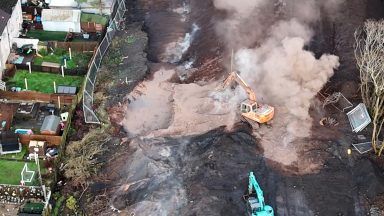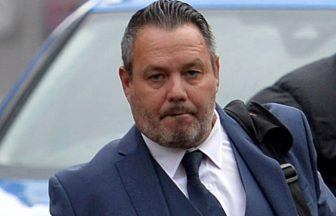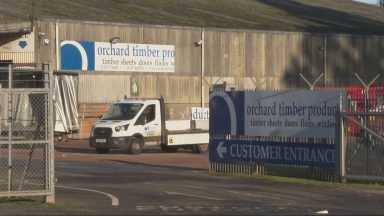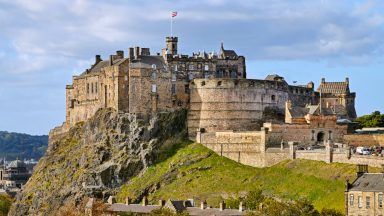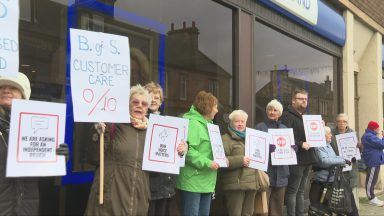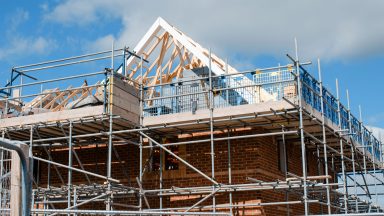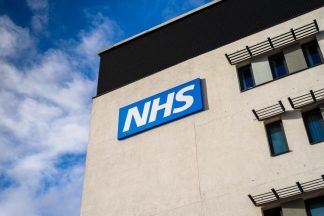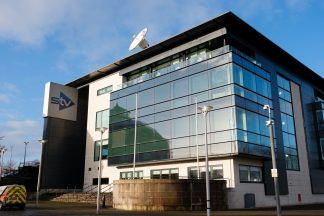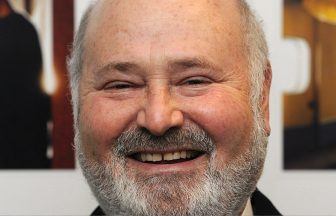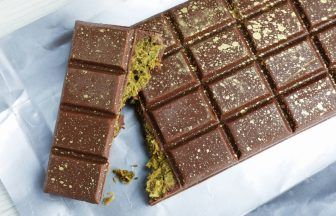A world-leading health and safety organisation has described Scotland’s air pollution levels as “concerning”.
According to data analysed by Friends of the Earth Scotland, Glasgow’s Hope Street breached legal limits for fuel pollution last year.
Other streets across the country also saw a rise in air pollution in 2021 despite further Covid-19 restrictions and people continuing to work from home.
The spike comes after 2020 saw air pollution in Scotland remain within legal limits for the first time.
Legal air quality standards, which came into force in 2010, had previously been breached every year.
Peter McGettrick, chairman of the British Safety Council, said: “It’s concerning to see how air pollution levels in Glasgow and elsewhere in Scotland rose again last year, having fallen back in 2020, and on Hope Street levels of nitrogen dioxide even broke the legal limit.
“It’s why I took to the streets of Glasgow in November during COP26 to show people the impact air pollution has on our health, and especially people whose work means they don’t get to choose the air they breathe.
“It is also why British Safety Council wants the UK Government to be ambitious when it sets new air quality targets later this year and match the World Health Organisation’s new and ambitious limits.”
Friends of the Earth Scotland analysed official air pollution data for 2021, looking at two toxic pollutants which are primarily produced by transport – nitrogen dioxide (NO2) and particulate pollution (PM10).
The legal limit for NO2, set by the European Ambient Air Quality Directive, is 40 mcg/m3.
Hope Street in Glasgow had an annual average of 45.411 last year, up from 35.87 in 2020.
Salamander Street in Edinburgh is the dirtiest for levels of particulate matter, but at 15.439 mcg/m3 it is below the legal level of 18 mcg/m3.
Dirtiest streets for nitrogen dioxide
- Glasgow: Hope Street – 45.411 (NO2 nitrogen dioxide annual mean, µg/m3)
- Dundee: Lochee Road – 31.840
- Falkirk: West Bridge Street – 31.219
- Perth: Atholl Street – 31.077
- Dundee: Seagate – 30.136
- Edinburgh: Queensferry Road – 29.625
Dirtiest streets for fine particles
The Scottish annual statutory standard for particulate matter (PM10) is 18 micrograms per cubic metre.
- Edinburgh: Salamander Street – 15.439 (PM10 annual mean, µg/m3)
- Perth: Atholl Street – 14
- Glasgow: Kerbside, located on Hope Street – 13.138
- Fife: Cupar – 12.955
- Aberdeen: Wellington Road – 12.314
Gavin Thomson, transport campaigner for Friends of the Earth Scotland, said: “Scotland once again has illegal air quality in 2021, which is shocking but not surprising given the lack of political action on the issue.
“From the evidence we have, virtually every street in Scotland experienced higher levels of pollution in 2021 than the previous year.
“Air pollution from transport is responsible for thousands of premature deaths in Scotland every year, and causes serious heart and lung issues.”
The British Safety Council has been campaigning since 2019 to raise awareness of the impact that air pollution can have on the health of outdoor workers.
The organisation explained: “One of the drivers of its campaign, Time to Breathe, has been the call for more and better data on how air pollution affects people such as outdoor workers.
“There is little research on the impact air pollution has on workers like street cleaners, refuse workers, traffic police, cycle couriers, construction or maintenance workers, newspaper sellers, gardeners, teachers or security guards working on busy roads.”
For more information on the Time to Breathe campaign, click here.
Follow STV News on WhatsApp
Scan the QR code on your mobile device for all the latest news from around the country


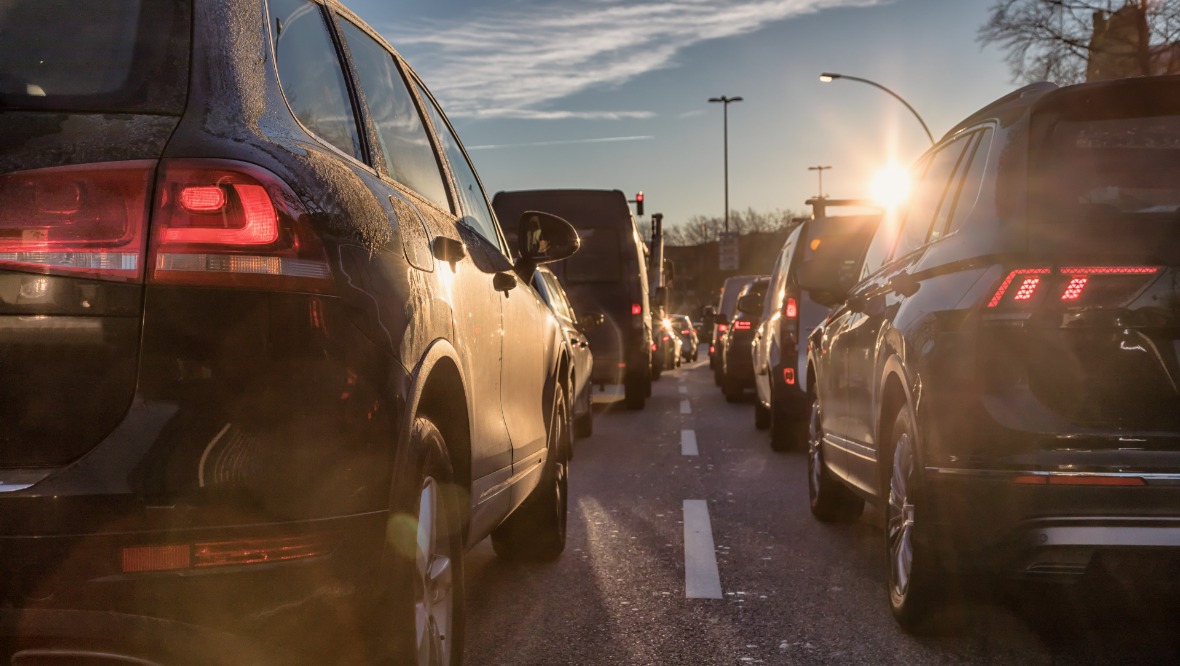 iStock
iStock

